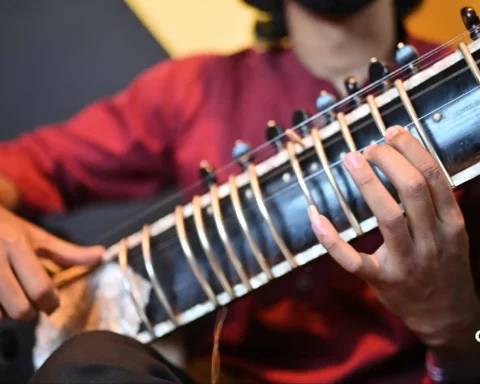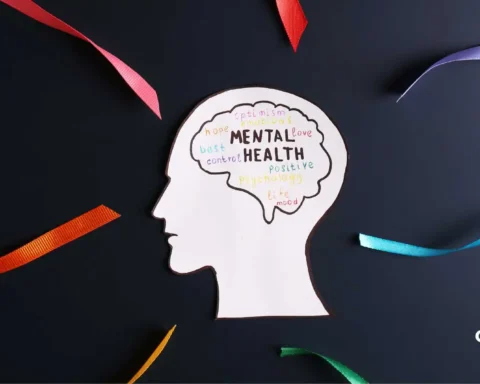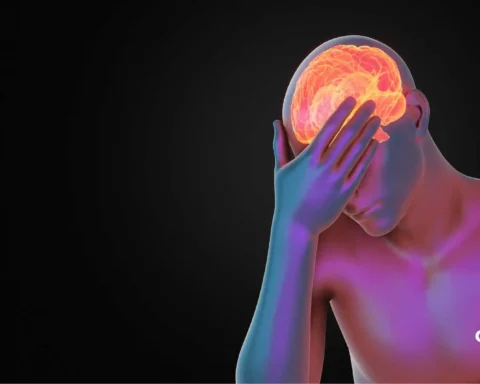Euthanasia vs assisted dying has been debated at the global level, which is a complex issue that involves ethical, legal, and emotional implications. Both terms involve the willing action of death of a person, generally someone, in the context of terminal illness or significant suffering, but the methods by which this process occurs and the legal status of each practice, as well as the acceptance of either practice in society, greatly differ.
Understanding the differences is crucial for future healthcare professionals, but also for patients and policymakers wrestling with matters of end-of-life decision-making. Science and technology have improved, and autonomy in death is continuing to be advocated and practiced. With the direction health care is headed, there is an increasing urgency for a robust discussion regarding these issues.
Table of Contents
Legal and Ethical Distinctions
The laws surrounding euthanasia vs assisted dying vary a lot between countries and can generate a heated debate among the public and professionals alike. Euthanasia refers to a physician’s intentional act to end a patient’s life, normally by administering lethal substances. Assisted dying comes from providing the means, usually medications, to the patient. The patient then takes the final action.
Legally, under qualifying conditions, some areas of the world do allow assisted dying. For example, physician-assisted dying is allowed in some states in the USA, Canada, and Switzerland, and even then, patients have to meet strict criteria; terminal illness must be present. Euthanasia continues to be illegal in many areas due to concerns about abuses, consent, and the inability to establish or limit the scope of practice of the physician professionally and ethically.
The distinction is based on a standpoint of ethics. One justifies assisted dying as preserving the patient’s autonomy and a more ethical action because the patient is making the final act. Euthanasia raises more questions about the physician’s role in life-ending. Some will suggest euthanasia is an act of compassion, while others will contend it is a violation of the Hippocratic Oath.
The euthanasia vs assisted dying scenario raises the “double effect” issue as well, especially in palliative care. The administration of painkillers may bring about death as a side effect of reducing someone’s suffering. Obviously, this is tolerated as different from either euthanasia or assisted dying, but adds yet another layer of complexity. With such a weighty moral obligation and irreversible consequences involved, it is easy to see why lawyers and medical professionals are careful about where the lines are drawn between compassion and criminality.

Public and Medical Perspectives
Public attitudes towards euthanasia vs assisted dying are constantly changing. In societies where personal rights and dignity are seen as paramount, public attitudes have shifted significantly over the years. Many surveys indicate that the public is generally in support of the option of assisted dying, especially for people who have terminal illnesses or are universally suffering through a considerable, incurable, and painful disease.
The public people’s acceptance of being able to choose their death date is supported more and more by sentiments regarding bodily autonomy and quality of living. The option to choose when to die, not so much as to end life but as a means to avoid prolonged physical or emotional suffering and/or degradation, is borne by expanding narratives around bodily autonomy.
There is often a messy and vague public understanding of euthanasia and assisted dying along emotional lines. The educational and legal framing of “mercy killing” can shape people’s opinions without their fuller understanding of the medical, legal, and ethical complexity of end-of-life choices. Many people think they support “euthanasia” but simply refer to the kinds of situations that would legally classify as assisted dying in Canada.
Among the medical community, the opinions on euthanasia and assisted dying are just as divided. Some physicians argue that there should be continued improvements and focus towards palliative care options, and with strong, continuous support, patients arrive at death with dignity without the need for euthanasia or assisted dying at all. Previous to voting, arguments can create harmful or misleading perspectives against assisted dying. Others argue that offering assisted dying is aligned with the medical principle of “do no harm,” because it avoids prolonged suffering related to leaving a terminal illness to death without further medical intervention.
Professional organizations such as the British Medical Association (BMA) have transitioned from anti-assisted dying positions to neutral positions in response to changes in societal values over the previous 40 years. Yet, there is still rigid resistance from groups raising the specter of a “slippery slope,” whereby a vulnerable individual may be “assisted to die” when it was not considered or desired (due to coercion or feelings of obligation).
In both public and medical realms, down to the individual parts, the euthanasia vs assisted dying debate will always be tied to deeply held personal values—autonomy, compassion, and the sacredness of life, which makes the issue feel complex and deeply personal.
Euthanasia vs Assisted Dying: A Global Overview
When discussing euthanasia vs assisted dying, we must remember that the global view of euthanasia and assisted dying varies from country to country, and laws and perspectives can radically differ. In the Netherlands and Belgium, euthanasia and assisted dying are both permitted under strict regulations. Patients must be at the end of life, experience unbearable suffering, and have no hope of recovery, and they must provide consent, which is informed and voluntary consent, and here euthanasia is a medically protected act of compassion.
While in the UK euthanasia and assisted dying are still criminal acts, there is significant public pressure, and there have been debates in the Parliament and legally sanctioned challenges for reform. In India, passive euthanasia was made legal in 2018 with the court’s decision in Aruna Shanbaug, which allowed for the withdrawal of life support but not active euthanasia or assisted dying.
In Canada, we see a similar model in their Medical Assistance in Dying (MAID) program. Euthanasia and assisted dying are legally permitted but under strict legal guidance, and they have had mixed reviews and public backlash now that eligibility criteria are once again expanding for mental health.
The United States offers a fragmented view: a few states allow physician-assisted dying, and euthanasia is illegal nationwide. Switzerland stands alone for being the only country to permit assisted suicide, even for individuals without terminally ill conditions, as long as the reason isn’t a selfish motivation, which has created a tourism industry around “death tourism.”
The euthanasia vs assisted dying debate worldwide represents practical embodiments of cultural, religious, and political differences. Countries with strong religious affiliations reject the legalization of both practices in order to preserve the sanctity of life, while countries with secular or liberal values consider legalized options that preserve personal choice. Therefore, geography can strongly influence the way end-of-life decisions are constructed and actioned.
Conclusion
The euthanasia vs assisted dying argument is not a straightforward conversation. It is full of ethical dilemmas, legal constraints, medical responsibilities, and individual human morals. Some cultures move toward legal acceptance while others oppose it outright, and so context matters in how we collectively understand death and dignity. What is important is a compassionate and informed conversation with regard to human rights and what comprises misuse. As healthcare continues to change, this discussion will continue to be an important one as we figure out how to represent and provide support to people at the end of their lives.

FAQs
What is the difference between assisted dying and euthanasia?
The definitions of euthanasia and assisted dying vary. One helpful distinction is: Euthanasia: A doctor is permitted by law to end a person’s life in a painless manner if the individual and their family consent.
Assisted dying: A doctor assists an individual to end their own life upon the individual requesting assistance.
What is assisted death called?
This is also referred to as “physician-assisted dying” or “aid in dying,” which is legal in every U.S. jurisdiction with a death with dignity law.
What is assisted dying?
Assisted dying permits a terminally ill person the option of exercising some choice and control, once they deem their suffering intolerable. It is not legitimate in the British Isles.









